Journey into Mixed Numbers: How to Solve Addition and Subtraction Word Problems
It's time to take our understanding of mixed numbers to the next level. You might remember that a mixed number is a whole number paired with a proper fraction. Today, we're focusing on word problems involving the addition and subtraction of mixed numbers. Let's dive in!

1. Adding and Subtracting Mixed Numbers: The Basics
Adding and subtracting mixed numbers might seem complex because it involves both whole numbers and fractions. But don’t worry, once you understand the steps, it will be a piece of cake.
Step-by-Step Guide: Adding and Subtracting Mixed Numbers in Word Problems
Step 1: Identify the Problem
First, read the word problem carefully to understand what it’s asking. Identify the mixed numbers you need to add or subtract.
Step 2: Convert to Improper Fractions (if needed)
In some cases, it might be easier to convert mixed numbers to improper fractions before adding or subtracting. To do this, multiply the whole number by the denominator, then add the numerator.
Step 3: Add or Subtract the Fractions
To add or subtract fractions, you need a common denominator. If the denominators are already the same, you can add or subtract the numerators directly. If not, find the least common multiple of the denominators and use it to adjust the fractions before adding or subtracting.
Step 4: Simplify the Fraction
After you’ve done the operation, make sure to simplify the fraction if necessary. This could involve reducing the fraction or converting it back into a mixed number.
Step 5: Write the Answer
Finally, write down your answer, making sure it answers the question asked in the word problem.
Let’s look at an example:
John baked \(3\frac{1}{2}\) trays of cookies, and his sister Susan baked \(2\frac{1}{3}\) trays. How many trays of cookies do they have in total?
- Identify the problem: we need to add \(3\frac{1}{2}\) and \(2\frac{1}{3}\).
- Convert to improper fractions: \(3\frac{1}{2} = \frac{7}{2}\) and \(2\frac{1}{3} = \frac{7}{3}\).
- Find a common denominator and add the fractions: \(\frac{21}{6} + \frac{14}{6} = \frac{35}{6}\).
- Simplify the fraction: \(\frac{35}{6} = 5\frac{5}{6}\).
- Write the answer: John and Susan have baked \(5\frac{5}{6}\) trays of cookies in total.
And there you have it! With practice, you’ll get comfortable with adding and subtracting mixed numbers in word problems. Remember, the more you practice, the easier it will become!
Related to This Article
More math articles
- How to Multiply Three or More Mixed Numbers, Fractions & Whole Numbers?
- Tips and Tricks for Learning College Math
- HSPT Math FREE Sample Practice Questions
- How to Do Percentage Calculations? (+FREE Worksheet!)
- Anti-Derivative: Everything You Need to Know
- Algebra 1 Worksheets: FREE & Printable
- Completing the Puzzle: How to Finishing Equations when Multiplying Fractions by Whole Numbers Using Models
- The Ultimate 6th Grade DCAS Course (+FREE Worksheets)
- How to Graph an Equation in Point-Slope Form?
- 6th Grade ACT Aspire Math Practice Test Questions


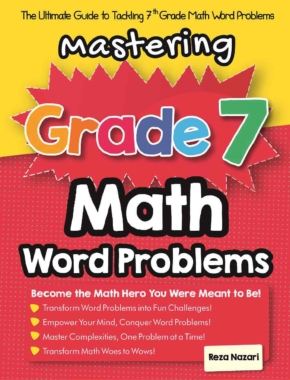



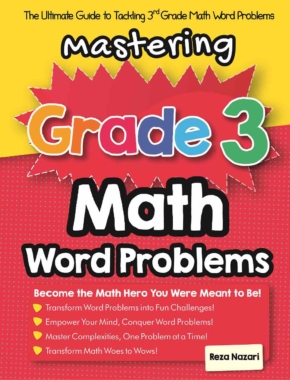


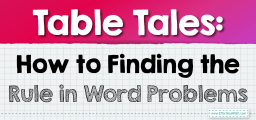





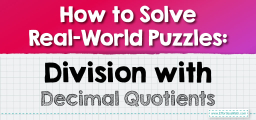
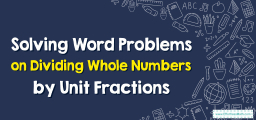

What people say about "Journey into Mixed Numbers: How to Solve Addition and Subtraction Word Problems - Effortless Math: We Help Students Learn to LOVE Mathematics"?
No one replied yet.